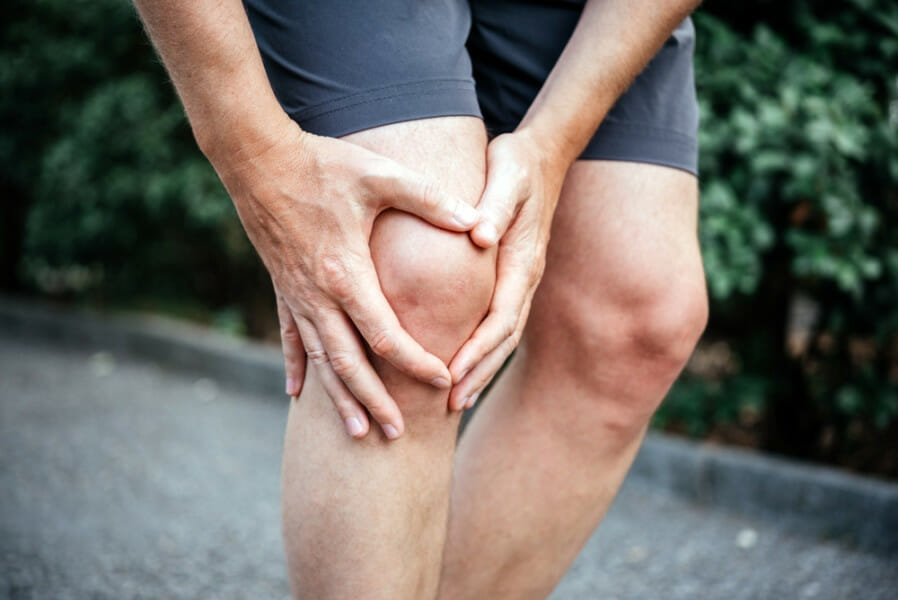Keeping Runner’s Knee at Bay while Running
Introducing running into your workout regimen offers various health benefits. Apart from reducing the risk of Alzheimer’s disease and dementia, running also triggers the release of neurochemicals that elevate your mood and self-confidence. However, the joy of running may sometimes be dampened by knee pain. Running can lead to knee discomfort due to incorrect technique, tight muscles, inadequate warm-up, or wearing improper footwear. The good news is, this pain doesn’t have to halt your running routine permanently.
Understanding Runner’s Knee
Runner’s knee, also known as chondromalacia patella, occurs when the cartilage beneath the kneecap sustains damage. It is a common injury among runners since this cartilage acts as a natural shock absorber. While the term “runner’s knee” is often used to describe knee pain, it does not always indicate cartilage damage. According to Kelly Starrett, a doctor of physical therapy, knee pain can serve as a signal for necessary changes in your training, flexibility, and readiness routines.
Potential Causes of Runner’s Knee
Identifying the exact cause of knee pain can be challenging since it signifies an imbalance in your overall readiness for running. Factors like lack of mobility in hip flexors, muscle tightness, poor muscle tissue quality, and muscle connectivity congestion can contribute to knee pain in runners, particularly those with tight quads. Tightness and limited motion range send warning signals to your brain, perceived as pain.
Common Knee Pain Sources during Running
Contributors to knee pain may stem from an unhealthy diet leading to inflammation, inadequate footwear support, and insufficient recovery time between runs. Ensuring sufficient rest, adaptation, and recovery is crucial. Recommendations include massage, Epsom salt baths for muscle soreness, selecting proper footwear based on foot type, and replacing shoes regularly.
Overexertion and Pace
Gradually increasing mileage to allow your body to adapt is vital in preventing runner’s knee. Beginning modestly and seeking guidance from professional coaches or using training apps can provide a structured approach to prevent knee issues.
Refining Running Techniques
Maintaining proper running form, avoiding excessive stress on certain muscle groups like hamstrings, and ensuring correct foot striking are essential to prevent knee discomfort.
Preventing Knee Pain during Running
In addition to alleviating existing pain, preventive measures can help avoid knee issues in the future. Initiatives such as engaging in isometric exercises, soft tissue mobilization, seeking guidance from running coaches, investing in appropriate running gear, maintaining a training diary, and enhancing muscle strength can be beneficial in safeguarding against knee injuries and enhancing running performance.
Continuing Running with Runner’s Knee
Exploring techniques like isometric exercises and soft tissue mobilization can aid in managing runner’s knee. Persisting pain warrants consultation with a healthcare professional.
Resolution of Runner’s Knee
With adequate recovery, supplemented by isometric exercises and soft tissue mobilization, runner’s knee is likely to diminish. Consultation with a physician is advisable if symptoms persist.

















